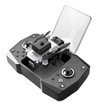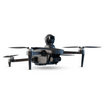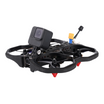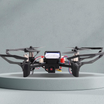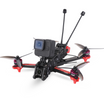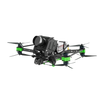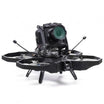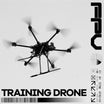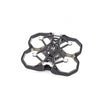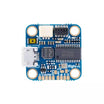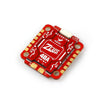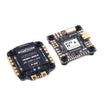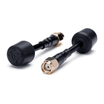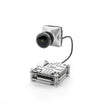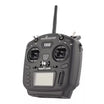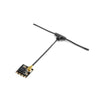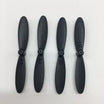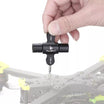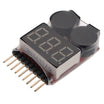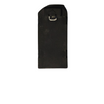Have you ever watched those drones floating so smoothly through the sky and wondered how they do it? I know I have! It's pretty cool to think about how those little machines can glide around up there on command. If you're interested in drone photography or filmmaking, it's good to understand how they're controlled. Don't sweat it if you're new to drones - I've got you covered. Let me tell you about the two key parts that bring your drone to life: the radio transmitter and receiver.
Before we get into those parts, let me explain how drones connect wirelessly. They use radio waves, which are invisible waves that can carry signals through the air. For it to work, you need a transmitter to send messages and a receiver to get them. Basically, that's how we control drones remotely. But the transmitter and receiver need to be set to the same frequency so it runs smoothly. That's where the radio transmitter comes in.
The radio transmitter is the gadget that turns your controls into actual drone movements. It sends commands through different channels, with each one doing something like throttle, yaw, pitch or roll. The sticks translate your inputs into a digital signal that can be sent to the receiver.
There are two main types of sticks - ones with hall sensors (digital) and ones with potentiometers (analog). The mode specifies what stick movements do, like which way is forward. When you buy a transmitter, pick a mode you like flying in. Transmitters often use frequencies like 27MHz, 72MHz, 433MHz, 900MHz, 1.3GHz and 2.4GHz. The higher ones like 433MHz and up are generally best for long range FPV and RC.
Now let me explain OpenTX. OpenTX is open source firmware that works on transmitters from brands like FrSky, Turnigy and FlySky. It lets you store a ton of drone models and settings on an SD card.
Telemetry sends data from the receiver back to the transmitter, like battery voltage, current and signal strength. Now for the receiver - it receives signals from the transmitter and can send data back. Good ones have redundancy so if one fails the other takes over.
Communication between the transmitter and receiver uses one protocol, while between the receiver and flight controller uses another. The receiver only listens to its bound transmitter, which you set by pressing a bind button.
Receiver antennas are coax cable with U.FL connectors or soldered directly. They usually have two antennas for best reception. Receivers come in different sizes for smaller or larger drones.
When choosing a transmitter, go for a quality one that will last as long as your drone hobby. Make sure it's compatible with your receiver too.
Whether you're a hobbyist, photographer or working in agriculture, the right radio gear can take your drone game higher. Think stunning 4K video, precision spraying or fast-paced FPV racing. Check out all the awesome drones and gear out there. With the knowledge and right equipment, you can make the most of these amazing machines and see amazing views from above. Happy flying!
For more such informative content visit : https://insidefpv.com/blogs/news
Follow us on Linkedin for latest updates : https://www.linkedin.com/company/inside-fpv/

